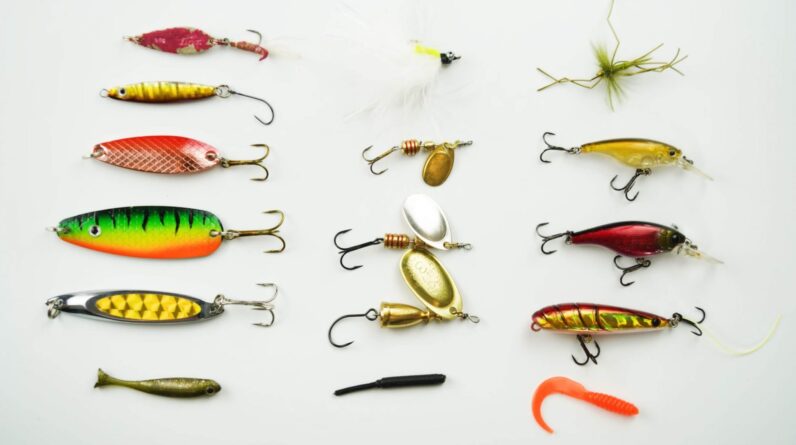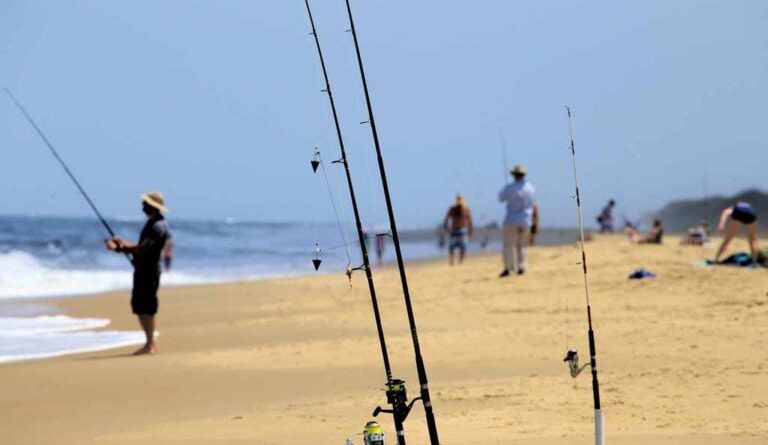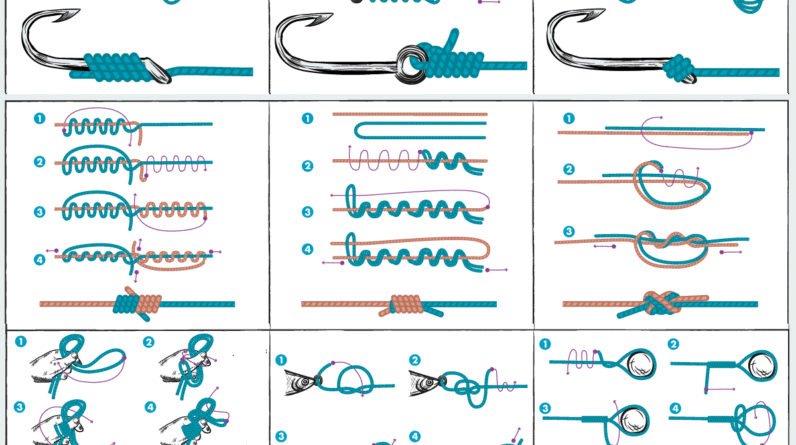Trout fishing is a favorite pastime for anglers around the world. The challenge of hooking one of these elusive fish, coupled with their delicious taste, makes trout a prized catch. However, successful trout fishing requires knowledge, skill, and the right techniques. In this comprehensive guide, we’ll explore the best fishing techniques for catching trout, whether you’re a novice or an experienced angler.
Understanding Trout Species
Before delving into techniques, it’s crucial to understand the different trout species you might encounter. The most common ones include:
- Rainbow Trout: Known for their vibrant colors, rainbow trout are often stocked in both rivers and lakes, making them readily available to anglers.
- Brown Trout: Brown trout are renowned for their wariness and adaptability. They can grow quite large, making them a prized catch.
- Brook Trout: These native North American trout are known for their beautiful markings and are often found in cold, clear streams.
- Cutthroat Trout: Cutthroat trout are distinctive due to the red markings beneath their jaws. They prefer clean, cold waters.
- Lake Trout: Lake trout are typically found in deeper, colder waters. They can grow to impressive sizes and offer a challenging catch.
The Right Equipment
Before you hit the water, it’s essential to have the right gear for trout fishing:
- Fishing Rod: A light or ultralight spinning or fly rod is suitable for most trout fishing. Match the rod’s power to the size of trout you expect to encounter.
- Reel: A spinning or fly reel that complements your rod is essential. A smooth drag system is crucial for controlling fish during the fight.
- Line: Use a light monofilament or fluorocarbon line. A 2-6 lb test line suits most trout fishing situations.
- Hooks: Choose hooks of the appropriate size for your bait or lure. For small trout, size 8-12 hooks work well.
- Bait and Lures: Trout can be enticed with a variety of baits and lures, including worms, insects, PowerBait, spinners, spoons, and flies.
Effective Techniques for Catching Trout
- Fly Fishing: Fly fishing is an art form, and it’s one of the most effective techniques for trout. Choose the right fly pattern to match the local insect hatch or use attractor patterns. Precision casting is essential for success.
- Bait Fishing: Bait fishing is a classic approach. Popular baits include worms, salmon eggs, and PowerBait. Use a small hook, adjust your leader length, and add a split shot for weight.
- Spin Fishing: Spinners and spoons are excellent for covering a lot of water. These lures create flashes and vibrations, making them attractive to hungry trout.
- Trolling: Trolling involves slowly dragging bait or lures behind a moving boat. It’s a productive method for targeting lake trout and larger species.
- Drift Fishing: Drift fishing involves allowing bait or lures to drift naturally with the current. It’s a favorite technique for river trout.
- Still Fishing: Still, fishing is precisely what it sounds like—casting out your bait and waiting. It’s ideal for more patient anglers and can be done from shore or a boat.
Location Matters
Understanding where to find trout is as crucial as your choice of bait or lure. Consider the following:
- Temperature: Trout prefers cold water. In warmer months, they may move to deeper, cooler waters. In winter, they’ll stay closer to the surface in search of food.
- Cover: Trout seek cover in the form of rocks, submerged trees, and aquatic plants. They use these as protection from predators and ambush points for prey.
- Currents: In rivers and streams, trout often hang out in areas with moderate to slow currents. Look for eddies and riffles.
- Depth: The depth at which trout swim varies by species and season. Lake trout, for example, are often found in deeper water, while brook trout may be closer to the surface.
- Shoreline Structures: Trout can often be found near the shoreline, especially during feeding times.
Techniques for Different Seasons
- Spring: In spring, trout become more active as the water warms. Try fly fishing with streamers or bait fishing with worms and PowerBait.
- Summer: In summer, trout seek cooler, deeper water during the day. Fish early mornings or evenings, and use lures or live bait.
- Fall: Fall is a great time for trout fishing as they become more active. Try casting lures or using live bait near shallower waters.
- Winter: Winter trout fishing can be challenging. Fish slow and deep with small lures or bait. Look for slower-moving waters.
Catch and Release Ethics
When trout fishing, it’s essential to follow catch and release guidelines to help protect these valuable species. Here are a few key points:
- Use barbless hooks to minimize harm to the fish.
- Handle the fish with wet hands or gloves to prevent damage to their protective slime.
- Release the fish quickly and gently, ensuring it’s in good health before letting it go.
In Conclusion
Catching trout requires a combination of the right equipment, effective techniques, and knowledge about trout species and their behavior. By adapting your approach to the season and the type of trout you’re targeting, you can increase your chances of a successful day on the water. Remember to practice catch and release ethics to help conserve these magnificent fish for future generations of anglers. Happy fishing!






